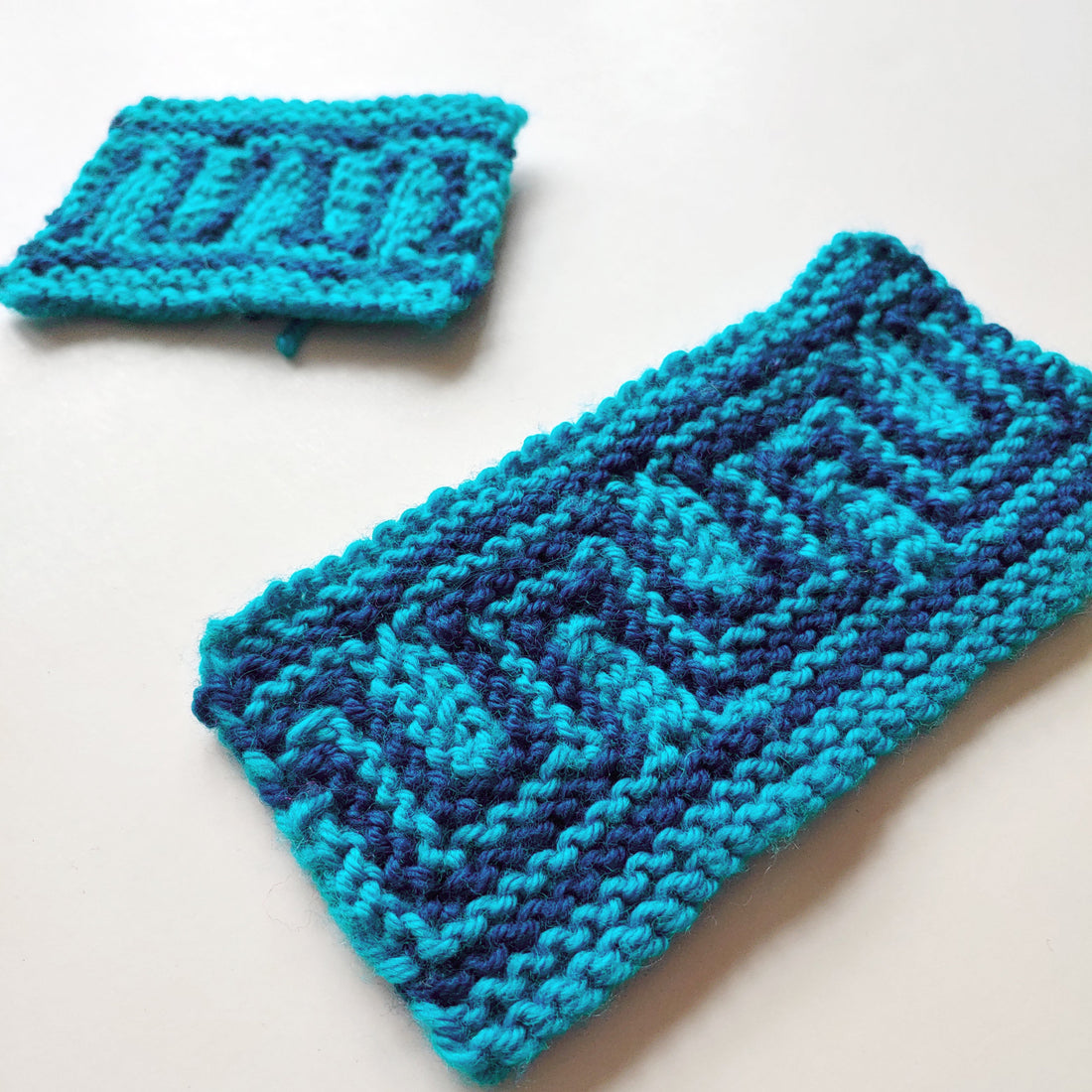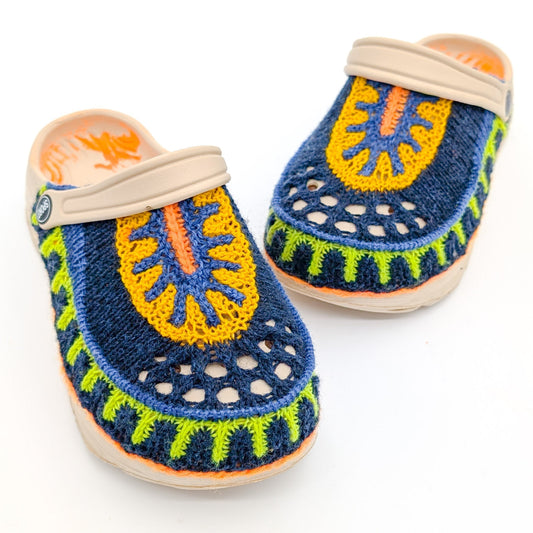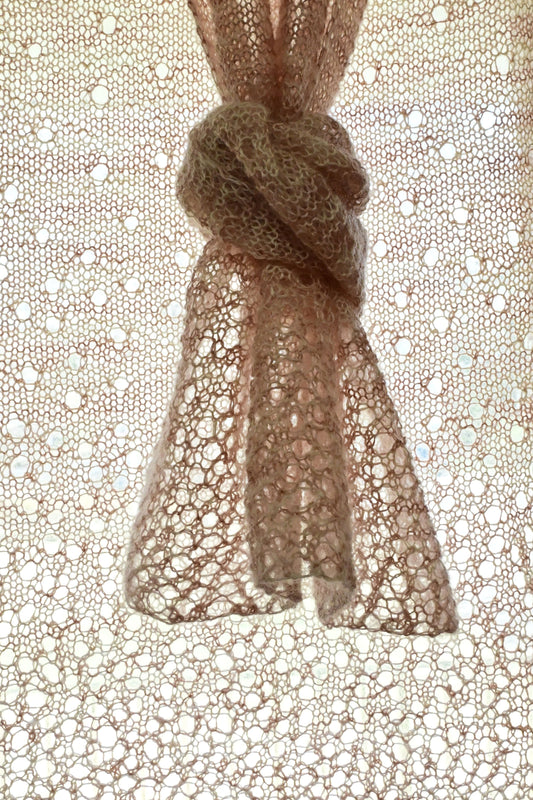How to do a Stacked Increase

I'll go over the basics of how to do the increase here, then, in the next article, we'll move on to some design tips.
Stacked increases are just a lot of increases worked on top of each other. It's not too complicated, but you'll have to slip stitches back (SB) to create the stack. It may feel like you're doing the wrong thing at first, but you'll see in the video how the SB stitches look. You'll find instructions for the red swatch shown in the video below in case you want to follow along.
Swatch instructions:
CO 21 sts using the long tail cast on method.Work a few rows in garter stitch to stabilize the swatch.
Increase row: K1*K1, [KYOK, SB2] x 3, KYOK, K5, rep from * 4 more times. (61 sts)
Bind off.
Stitch definitions
SB - Slip back to left needle.
Step 1: KYOK, if you've never done this increase before, the description above will help or you can view my YouTube tutorial.
Your finished KYOK should look like this.
Step 2: SB2, this means that you should slip 2 of the 3 KYOK sts to the left needle so that you can work them again. Try not to twist the stitches, but if you do, it will hardly show.
Step 3: KYOK, you'll be knitting into one of the stitches you just slipped back.
Step 4: SB2 again.
Repeat steps 3-4 until you have done this sequence as many times as instructed. For example in the swatch instructions it says"[KYOK, SB2] x 3" so you'll need to do steps 3 and 4 one more time.
Step 5: KYOK for the final time.
Step 6: K3 stitches, these stitches were created as part of your increase. Note how they are coming from a different place than the rest of your row. These stitches were creates as you worked the bracketed instruction!. Knit on as instructed, for the swatch, knit 2 more sts (5 total).
Here you can see what a stacked increase looks like on the needle. It looks clumpy, but that's correct.
If you want to get some more interesting practice with stacked increases, this star is a great way to use them without diving into a big project.
You can also read the next article to learn more about adapting this technique for your own projects and patterns.
Read about this stitch's friend the stacked decrease here, it has a video too.
















